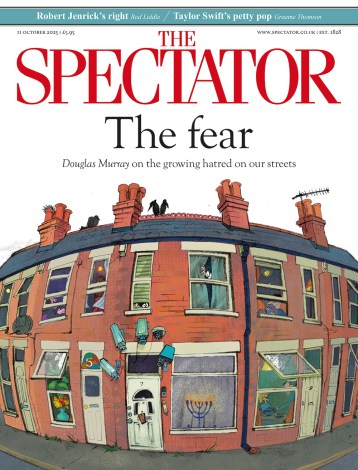Might Albert Camus have been murdered by the KGB? Italian newspaper, Corriere della Sera, has details of a new theory. Here is a translation, courtesy of the Guardian.
‘The theory is based on remarks by Giovanni Catelli, an Italian academic and poet, who noted that a passage in a diary written by the celebrated Czech poet and translator Jan Zábrana, and published as a book entitled Celý život, was missing from the Italian translation.
In the missing paragraph, Zábrana writes: “I heard something very strange from the mouth of a man who knew lots of things and had very informed sources. According to him, the accident that had cost Albert Camus his life in 1960 was organised by Soviet spies. They damaged a tyre on the car using a sophisticated piece of equipment that cut or made a hole in the wheel at speed.
“The order was given personally by [Dmitri Trofimovic] Shepilov [the Soviet foreign minister] as a reaction to an article published in Franc-tireur [a French magazine] in March 1957, in which Camus attacked [Shepilov], naming him explicitly in the events in Hungary.” In his piece, Camus had denounced the “Shepilov Massacres” – Moscow’s decision to send troops to crush the Hungarian uprising of 1956.’
Ruth Rendell talks to the Telegraph about why Inspector Wexford is a liberal.
‘There is an instructive comparison to be made between Rendell and her friend and fellow crime-writing peer, P D James. James, the passionate believer in free will, does not show much sympathy for murderers. “Yes, I think Phyllis is stricter in her own outlook than I am.” Wexford is more liberal and forgiving than James’s Adam Dalgliesh, believing that society must shoulder some of the blame for criminal acts.
“I think that, so Wexford would think so, too. Because many of his opinions are my opinions.” She says that she likes to keep him on a tight rein and yet admits that she doesn’t know everything about him; she genuinely cannot tell readers whether or not he betrayed his wife after the attractive widow set her cap at him in Shake Hands Forever (1975). Does she think he would like her? “I don’t know. Maybe.”’
Something unpleasant in the woodshed: Rachel Cooke reveals what Virginia Woolf thought of Stella Gibbons’s comic masterpiece, Cold Comfort Farm.
‘In 1930 a young journalist called Stella Gibbons started a new job on the Lady, “the magazine for gentlewomen”, where she applied her versatility as a writer to every subject under the sun, bar cookery, which was the province of a certain Mrs Peel. Soon after her arrival, however, Gibbons also began work on another, more exciting project, a novel – her “masterpiece”, she jokingly called it – which she planned to write in spare moments, in a little room at the end of a passage in the Lady’s Covent Garden offices. The book was to be a take-off of the “loam and love child” novels then so popular: novels such as Mary Webb’s Precious Bane and Sheila Kaye-Smith’s Sussex Gorse, in which earthy and primitive types, gloomy happenings and archaic rural landscapes are depicted in prose so overwrought that to call it purple would be a wild understatement (“the kind of story in which peasants have babies in cowsheds and push each other down wells”, as Punch put it). She intended to call it Cold Comfort Farm.
Gibbons believed she might have a hit on her hands early on: the girls who typed her manuscript laughed out loud at it, and when it was published in September 1932 so it proved. Everyone adored it, even if one critic was convinced that Stella Gibbons was a pseudonym for Evelyn Waugh. The following year the novel even won the Prix Étranger of the Prix Femina-Vie heureuse, a surprising literary award for a comic novel, and one that infuriated Virginia Woolf (“I was enraged to see they gave the £40 to Gibbons,” Woolf wrote to Elizabeth Bowen. “Still, now you and Rosamond [Lehmann] can join in blaming her. Who is she? What is this book?”).’





Comments